When it comes to maintaining the optimal performance of a vehicle's engine, the cooling system plays a pivotal role. At the heart of this system are the coolant hoses, which are the conduits for the antifreeze and water mixture that absorbs heat from the engine and dissipates it through the radiator. Traditionally, these hoses have been made from rubber due to its flexibility and relatively good performance under normal operating conditions. However, with advancements in materials science and automotive technology, silicone has emerged as a superior alternative for crafting coolant hoses, offering enhanced performance, durability, and reliability.
Choosing the right coolant hose is not merely a matter of preference but a critical decision that impacts the longevity, efficiency, and reliability of your vehicle's cooling system. This guide aims to provide you with comprehensive insights into silicone coolant hose kit, covering the fundamental aspects as well as specialized technical guidance.
Are silicone coolant hoses better? The best material for coolant hoses.
Coolant hoses transport the coolant—a mixture of water and antifreeze—from the engine to the radiator and back. The coolant absorbs heat from the engine block and heads, and then releases this heat through the radiator, where air flow dissipates it away from the vehicle. This continuous flow is crucial for preventingengine overheating, which can lead to severe damage or failure.
Silicone vs. Rubber Coolant Hoses
Traditionally, coolant hoses have been made from rubber due to its flexibility, resilience, and cost-effectiveness. However, rubber hoses have their limitations, particularly regarding temperature resistance, durability under extreme conditions, and susceptibility to degradation from chemicals and UV exposure.
-
Temperature Resistance: Silicone hoses can withstand a wider range of temperatures, from extreme cold to high heat, without losing flexibility or degrading.
-
Durability: They are more resistant to UV, ozone, and other environmental factors that can cause rubber to crack and deteriorate over time.
-
Chemical Resistance: Silicone is less permeable than rubber and more resistant to the chemicals found in coolants and oil, reducing the risk of swelling, softening, or degradation.
Advantages of Silicone Coolant Hoses
-
Longevity: Their resistance to extreme temperatures and environmental conditions means silicone hoses typically last longer than rubber hoses, making them a cost-effective solution in the long run.
-
Performance: The superior heat resistance of silicone hoses makes them ideal for high-performance applications where engine temperatures can rise significantly.
-
Maintenance: Silicone hoses are easier to clean and maintain, with a smoother interior surface that reduces the risk of residue buildup and clogging.
Pros of Silicone Coolant Hoses
-
Cost: Initially, silicone hoses can be more expensive than rubber hoses, although their longer lifespan can offset this cost over time.
-
Installation: They may require more care during installation to avoid damaging the hose, and in some cases, specific clamps may be needed to ensure a secure fit without cutting into the hose.
If you are looking for the right silicone coolant hoses, then congratulations! Flashark will give you more and better choices, please take a look at the new products we have introduced: Silicone Radiator Coolant Hose Kit Honda Acura 1994-2001. It's worth noting that Flashark's Silicone Coolant Hose Kit fits most models, no matter which one of Chevy、Ford、Jeep、BMW、Nissan、Toyota、Honda or Subaru you have, you'll be able to find the relevant products on Flashark's website. It's definitely worth checking out!

Fitment: 1994-2001 Acura Integra LS RS GS GSR
No Hassle Performance Upgrade
Ideal replacement or upgrade for OEM or aftermarket parts.
The premium-grade high-heat resistance 3-ply reinforced silicone hoses are made with correct bends and curves to ensure perfect fitment.
Includes 100% stainless steel non-perforated embossed hose clamps for easy installation, which do not cut through the silicone hoses.
Specifications:
Product Type: Silicone Radiator hoses
Color: Black
Why use silicone radiator hoses? It's make a difference.
Types of Silicone Coolant Hoses
The versatility and superior properties of silicone have led to the development of various types of coolant hoses, each designed to meet specific needs within the automotive cooling system. This part explores the common types of silicone coolant hoses, their design features, and their applications, helping you to understand which hose is suitable for your particular setup.
-
Straight Hoses: Straight hoses are the simplest form of silicone hoses, characterized by their uniform diameter and straight design.Used for connecting components along a straight path without any bends orcurves. Ideal for simple coolant routing between the radiator, water pump, and engine.
-
Elbow Hoses: Elbow hoses feature a bend, typically at angles of 45° or 90°, though other specific angles are also available to accommodate various engine layouts.Essential for connecting components that are not aligned on a straight path,navigating around obstacles, or changing the direction of the hose route within confined spaces.
-
Hump Hoses : Hump hoses incorporate a flexible, bellows-like section in the middle, providing slight flexibility in length and angle. Used to absorb vibrations and thermal expansion between engine components, preventing stress and wear on the hose and connections.
-
T-Shaped Hoses : T-shaped hoses have a main straight section with a perpendicular branch, resembling the letter "T.".Useful for branching off a main coolant line to a secondary component, such as a heater core or bypass circuit, without the need for additional fittings.
-
Radiator Hoses: Radiator hoses are specifically designed to handle the high temperatures and pressures associated with connecting the engine to the radiator.There are typically two main radiator hoses - the upper hose connects the top of the radiator to the engine, while the lower hose connects the bottom of the radiator to the engine, facilitating the flow of coolant between the engine and radiator.
No matter what shape and model of silicone radiator coolant hose you are looking for, Flashark has the answer!

Shop Silicone Coolant Hose Kit By Brand: Chevy、Ford、Jeep、BMW、Nissan、Toyota、Honda、Subaru
Selecting the Right Silicone Hose
Choosing the appropriate silicone hose for your vehicle's cooling system is critical for ensuring efficient operation and longevity. When selecting a silicone coolant hose, please consider some necessary factors to ensure optimal performance and compatibility with cooling system.
Understanding Your Cooling System's Requirements
Begin by evaluating your current cooling system setup, noting any specific issues or areas for improvement. Consider the type of vehicle, engine size, performance modifications, and typical operating conditions. Determine where hoses are needed in your cooling system, including radiators, heaters, water pumps, and any custom components. Note the required hose shapes and lengths to connect these components efficiently.
Size and Fit
Ensure the inner diameter of the silicone hose matches the outer diameter of the components it will connect. A tight fit is essential to prevent leaks and ensure secure attachment. Choose a hose length that allows for a clean routing between components without unnecessary slack or tension, which can lead to kinking or stress on the hose ends.
Application-Specific Considerations
For hoses that need to navigate around obstacles or fit in tight spaces, consider the angle and shape of the hose to ensure it meets the spatial constraints without compromising the coolant flow. If connecting components with different diameters, a reducer hose can provide a seamless transition, ensuring efficient coolant flow and a secure connection. For high-pressure applications, look for hoses reinforced with materials like polyester or nomex to withstand increased pressure without ballooning or bursting.
Tips for Selection
If unsure, consult with one of Flashark's professional automotive cooling system specialists to ensure that the hose selected meets the specific requirements of your system. Choosing hoses from Flashark, a reputable manufacturer known for quality and durability, all but guarantees reliability and performance. Consider any future modifications or upgrades to your cooling system when selecting hoses to accommodate potential changes in performance or layout.
Understanding the types of silicone coolant hoses and their specific applicationsis crucial for optimizing your vehicle's cooling system. Whether you're performing routine maintenance, upgrading your cooling system for performance gains, or addressing a unique cooling challenge, there's a silicone hose solution tailored to your needs.
Please try this Black Silicone Hose Kit for 2001-2004 Ford Mustang from Flashark!
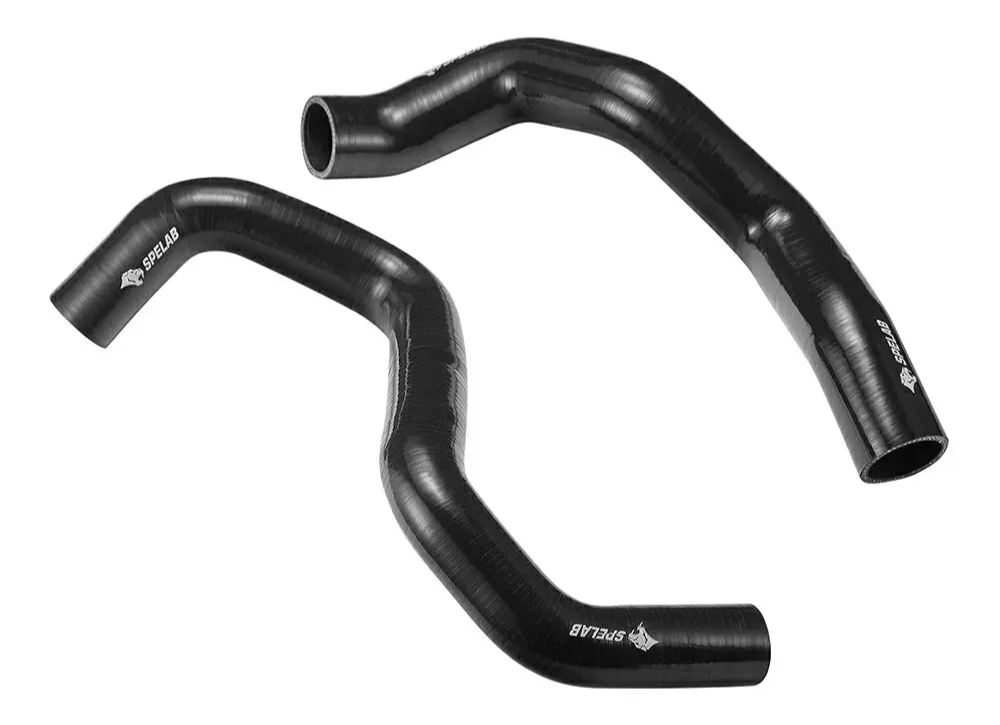
Fitment:
2001-2004 Ford Mustang 3.8L V6
2001-2004 Ford Mustang 4.6L V8
Product Specs:
Material & Exterior Material: Silicone
Ext. Material Temp. Rating: 330°F (165°C)
Int. Layer Temp. Rating: 330°F (165°C)
Shop Silicone Coolant Hose Kit By Brand: Chevy、Ford、Jeep、BMW、Nissan、Toyota、Honda、Subaru
Unlike the degradation-prone rubber hoses your Mustang currently has, each one of these hoses is constructed from four layers of silicone with heat-resistant embedded fibers to provide unmatched durability, heat tolerance, and pressure tolerance. Whether you are taking your Mustang to the local autocross or lapping at your next track day, trust with all your parts. This silicone hose kit is available in black, blue, or red and, like all our parts, includes a Lifetime Warranty.
Troubleshooting Common Issues
Maintaining the integrity of the cooling system is vital for the optimal performance and longevity of your vehicle. Silicone coolant hoses, despite their durability, arenot immune to issues. This part will guide you through identifying signs of wear or failure, diagnosing common problems, and providing solutions to ensure your cooling system functions effectively.
Identifying Signs of Hose Wear or Failure
-
Visual Inspection: Regularly check hoses for signs of external wear, such ascracks, hardening, or surface degradation. Silicone hoses may become discolored or show signs of swelling in areas of chemical breakdown.
-
Flexibility Test: Gently squeeze the hoses (when cool) to assess their flexibility. Hoses losing their elasticity and feeling brittle may be nearing the end of their useful life.
-
Leakage: Check for wet spots, drips, or coolant residue around hose connections and along the hose length, indicating potential leaks.
Diagnosing Problems Related to Coolant Hoses
-
Overheating Engine: If your vehicle's engine is overheating, it could be due to a coolant leak or restricted flow within the hoses.
-
Coolant Loss: Unexplained drops in coolant levels can be traced back to leaks in the hose, connections, or other cooling system components.
-
Collapsed Hoses: A vacuum within the cooling system can cause hoses to collapse, restricting coolant flow. This may indicate a blockage or a faulty radiator cap.
-
Poor Heater Performance: Inadequate heating inside the vehicle cabin, especially during cold weather, could signal a clogged heater hose limiting coolant flow to the heater core.
Solutions for Common Issues
-
Leaks: Ensure all connections are secure and replace any worn clamps. If the hose itself is leaking, it will need to be replaced. Consider applying a proper sealant or adhesive where applicable, following manufacturer recommendations.
-
Hose Collapse: Replace any collapsed hoses, as they cannot regain their original shape once damaged. Check the radiator cap and the cooling system for blockages, and ensure the system is properly pressurized.
-
Blockages: Flush the cooling system to remove debris and sediment that may be clogging hoses. Inspect the interior of hoses for signs of internal degradation or buildup and replace them if necessary.
-
Preventative Maintenance: Regular system checks and hose inspections can preemptively catch issues before they lead to more significant problems. Replace hoses according to the manufacturer's recommended schedule or at signs of wear.
Preventative Measures
-
Regular Inspections: Incorporate hose inspections into your regular vehicle maintenance routine to catch and address issues early.
-
Quality Replacements: Use high-quality silicone hoses for replacements to ensure durability and performance.
-
Proper Installation: Ensure hoses are installed without twists or undue stress, and use the correct type and size of clamps to prevent leaks and slippage
By staying vigilant and addressing the first signs of wear or failure, you can maintain the efficiency of your cooling system and prevent minor issues from escalatinginto more significant problems. Regular maintenance and prompt attention to any signs of hose degradation will keep your cooling system in optimal condition, ensuring your vehicle's performance and longevity.
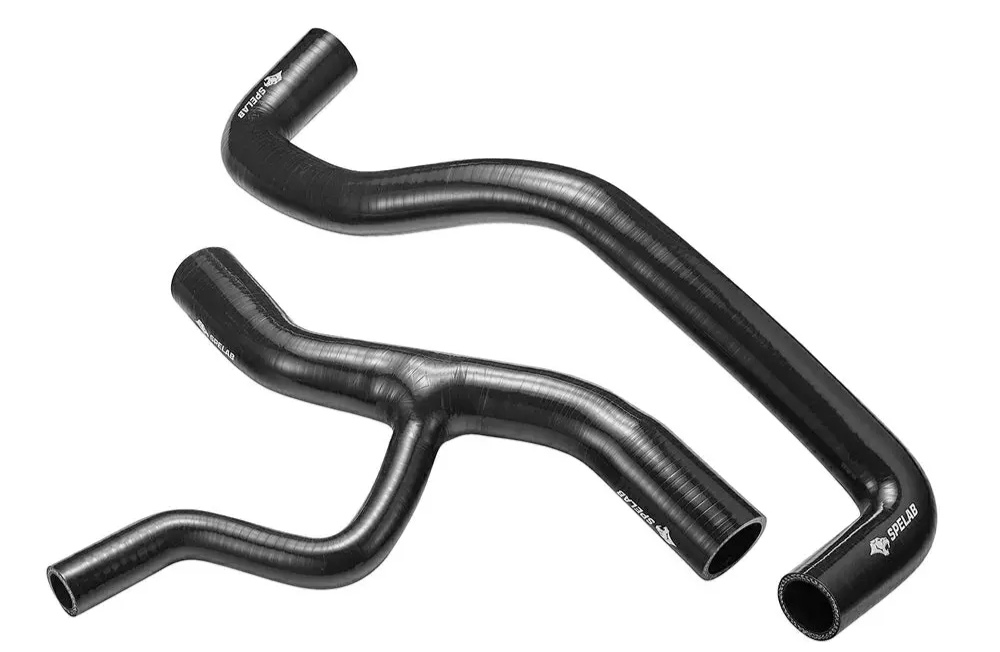
Flashark's Silicone Radiator Hose Kit for 2001-2004 Ford Mustang allows you not to worry too much about the above problems,because our products have high quality assurance, and professional after-sales team.
Fitment:

Features:
Direct fit for 2001-2004 Ford Mustang GT
Max temperature of 330°F
Made of high-grade silicone and heat-resistant embedded fibers
Shop Silicone Coolant Hose Kit By Brand: Chevy、Ford、Jeep、BMW、Nissan、Toyota、Honda、Subaru
You may also like: Silicone Coolant Hose Kit for 1984-2005 Jeep Cherokee XJ、Silicone Auto Radiator Hose Kit for Honda Civic
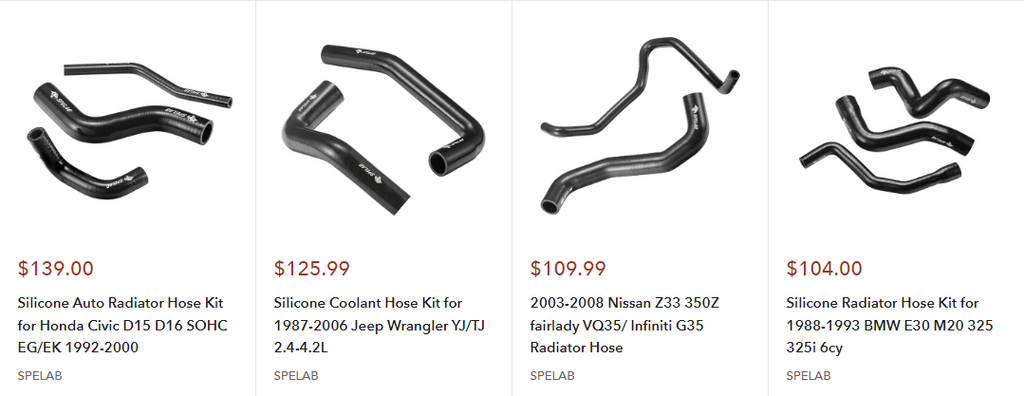
FAQs
1.What temp is silicone hose good for?
Silicone hoses are renowned for their excellent temperature resistance. They can typically withstand temperatures from about -55°C to +300°C (-67°F to +572°F). This wide temperature range makes silicone hoses suitable for demanding applications, including high-performance automotive cooling systems where temperatures can vary significantly.
2.Do silicone radiator hoses leak?
Like any component in a vehicle's cooling system, silicone radiator hoses can potentially leak, but this is less common than with traditional rubber hoses. Siliconehoses are more resistant to extreme temperatures, chemical degradation, and wear, which contributes to a lower likelihood of developing leaks. However, leaks canstill occur due to improper installation, mechanical damage, or failure of hose clamps or connections.
3.Do silicone radiator hoses need special clamps?
While silicone radiator hoses do not necessarily require special clamps, it is crucial to use high-quality clamps that provide even pressure without cutting into the hose. Stainless steel gear clamps, also known as worm drive clamps, are commonly used. For high-performance applications, constant-tension clamps or spring-loaded clamps may be preferred to accommodate the expansion and contraction of the hose under varying temperatures without losing grip.
4.How do I stop my radiator from leaking coolant?
To stop a radiator from leaking coolant, you should first identify the source of the leak. Common solutions include:Tightening Clamps: Sometimes, a leak can be resolved by simply tightening the hose clamps; Hose Replacement: If a hose is cracked, brittle, or damaged, replacing it is the best option.
Radiator Repair or Replacement: If the radiator itself is leaking, it may need to be repaired or replaced;
Sealant: In some cases, a radiator sealant or stop-leak product can provide a temporary fix for minor leaks. However, this should notbe considered a long-term solution, and the underlying issue should be addressed as soon as possible.
5.What's the best thing for a radiator leak?
The best solution for a radiator leak depends on the severity and location of the leak. For minor leaks, a high-quality radiator sealant or stop-leak product can provide a temporary fix. However, it's essential to carefully followthe product instructions and understand that it might not work for all leaks, especially larger ones. For more significant leaks or damage, the best approach is to repair or replace the faulty component, whether it's the radiator itself, the hoses, or the connections. Always ensure that any repairs or replacements are done using compatible and high-quality parts to maintain the integrity of the cooling system.

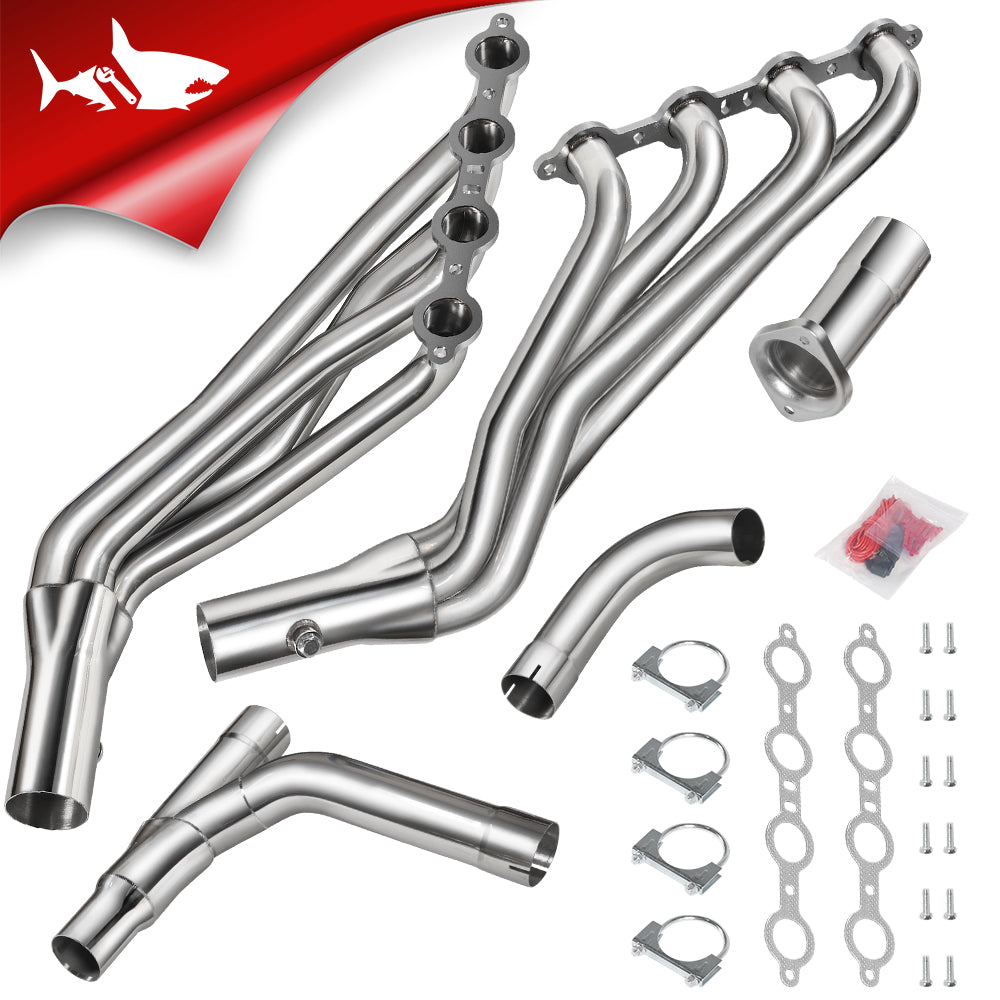
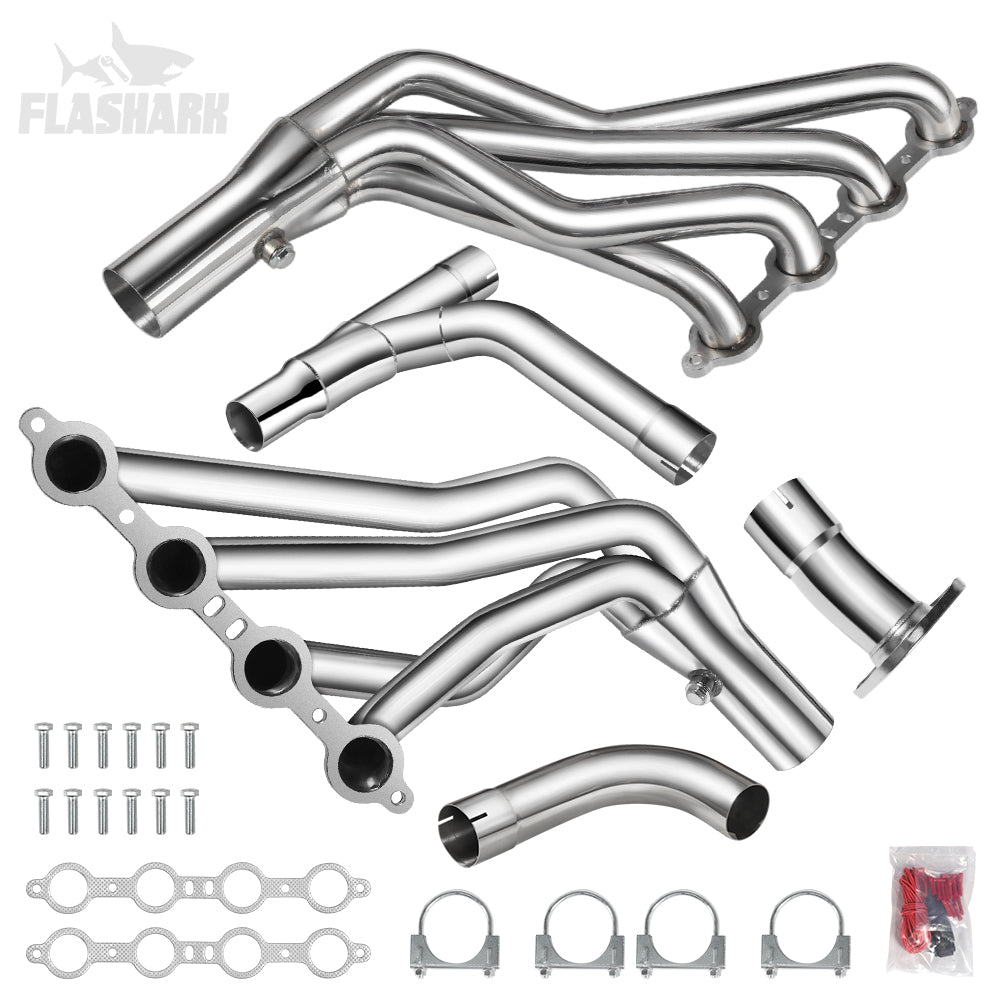
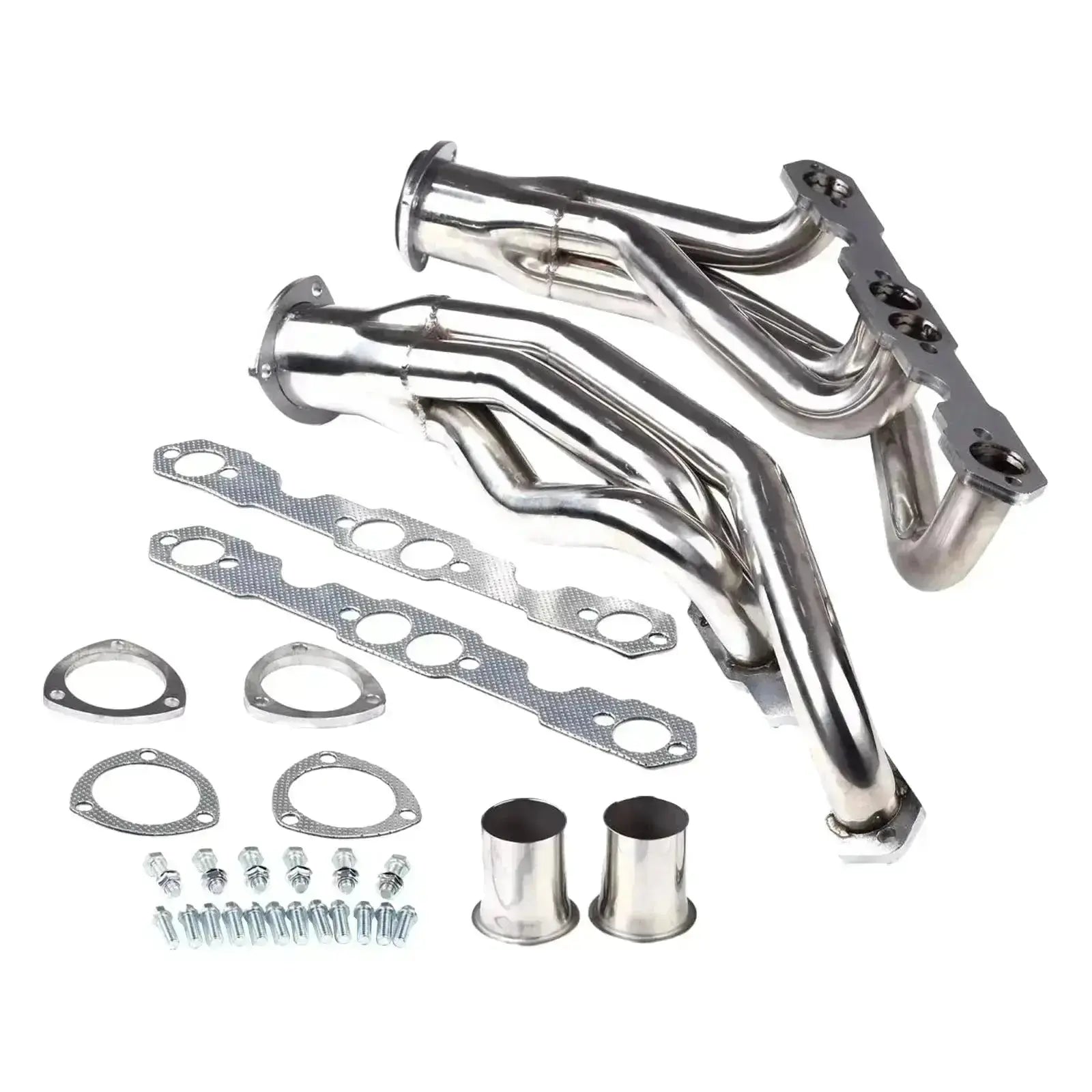
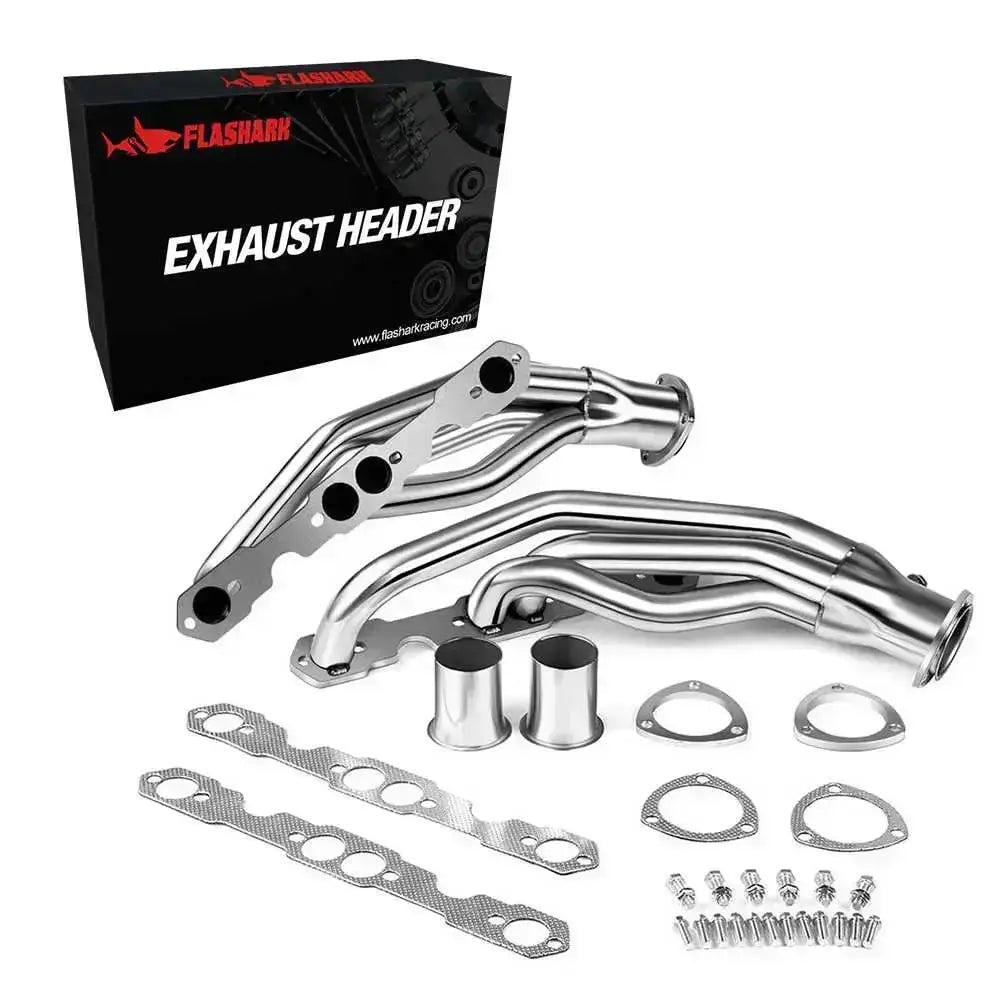
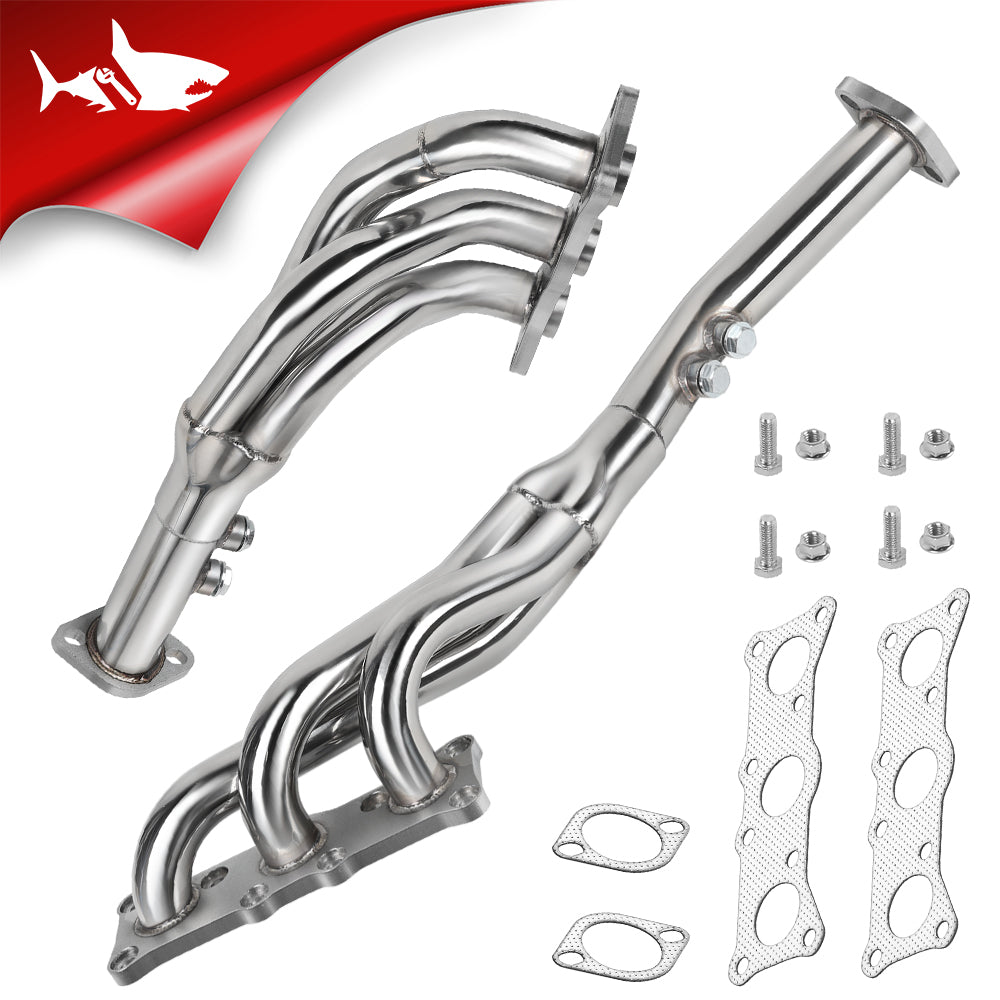
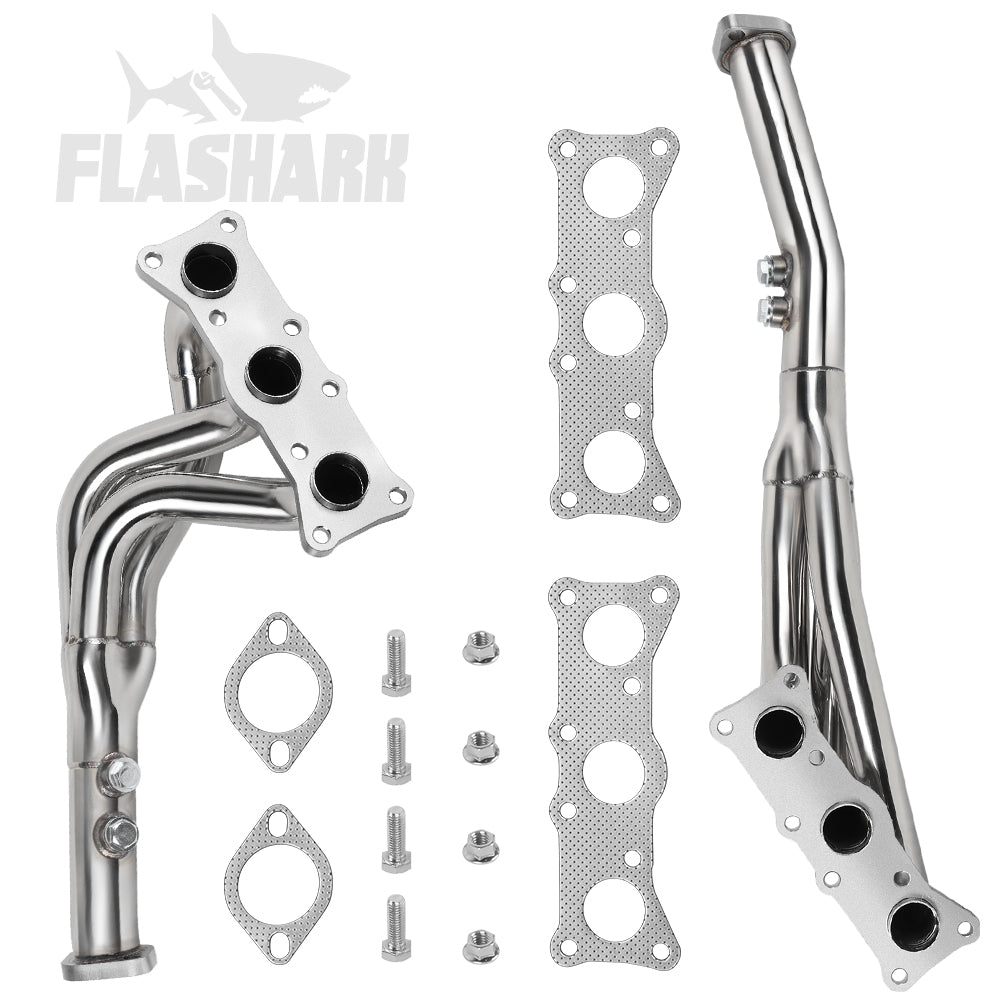
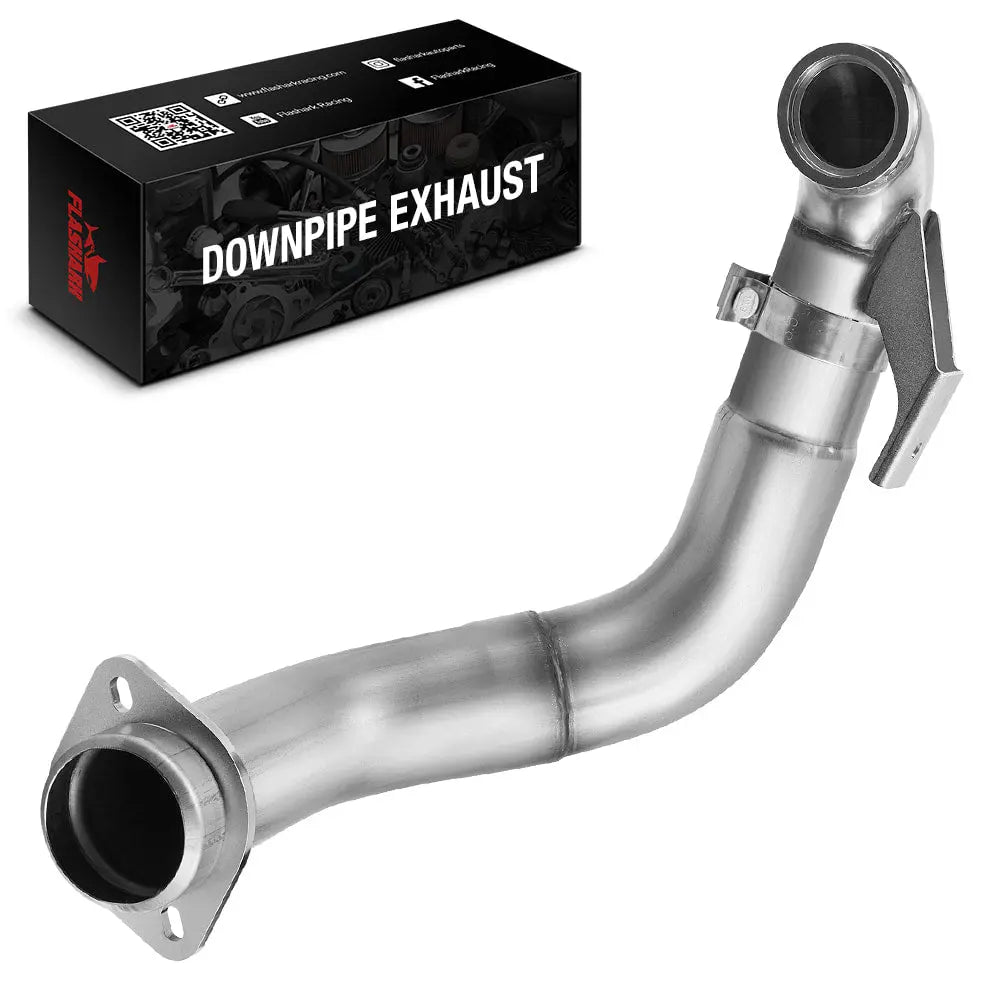
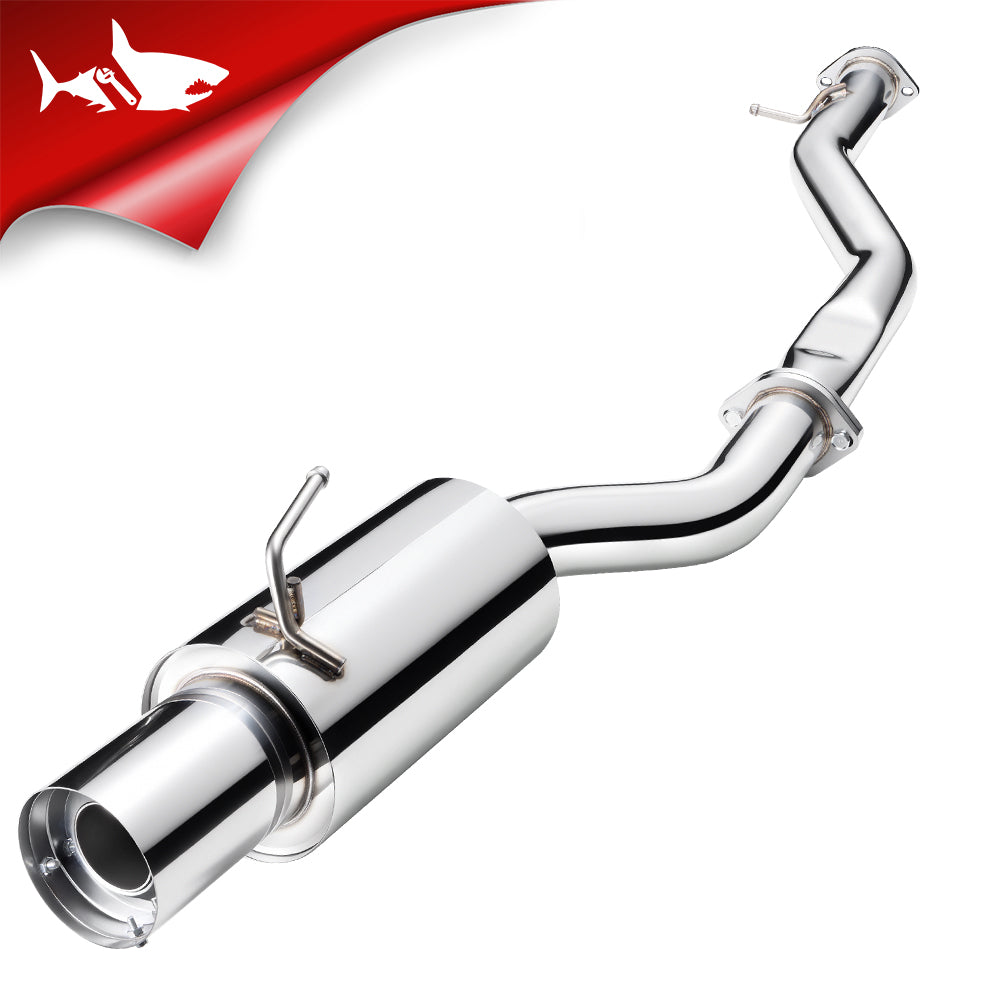
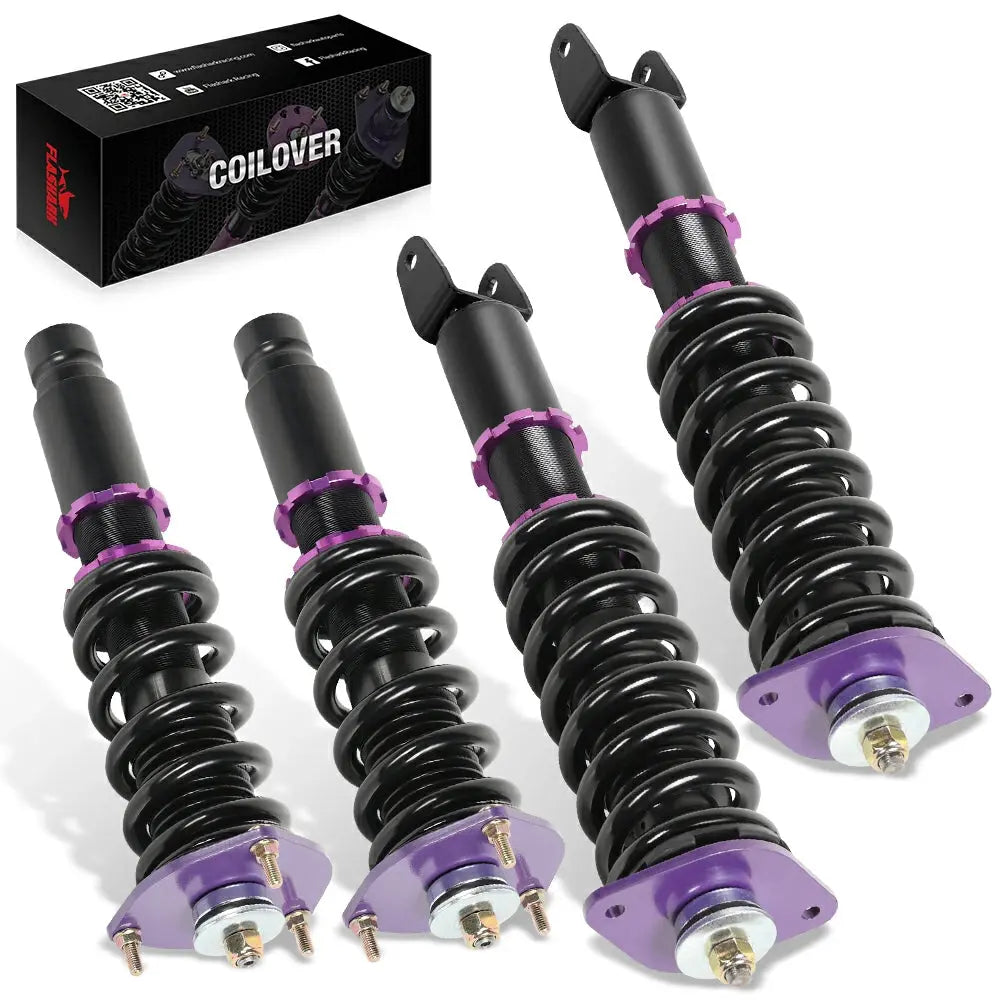
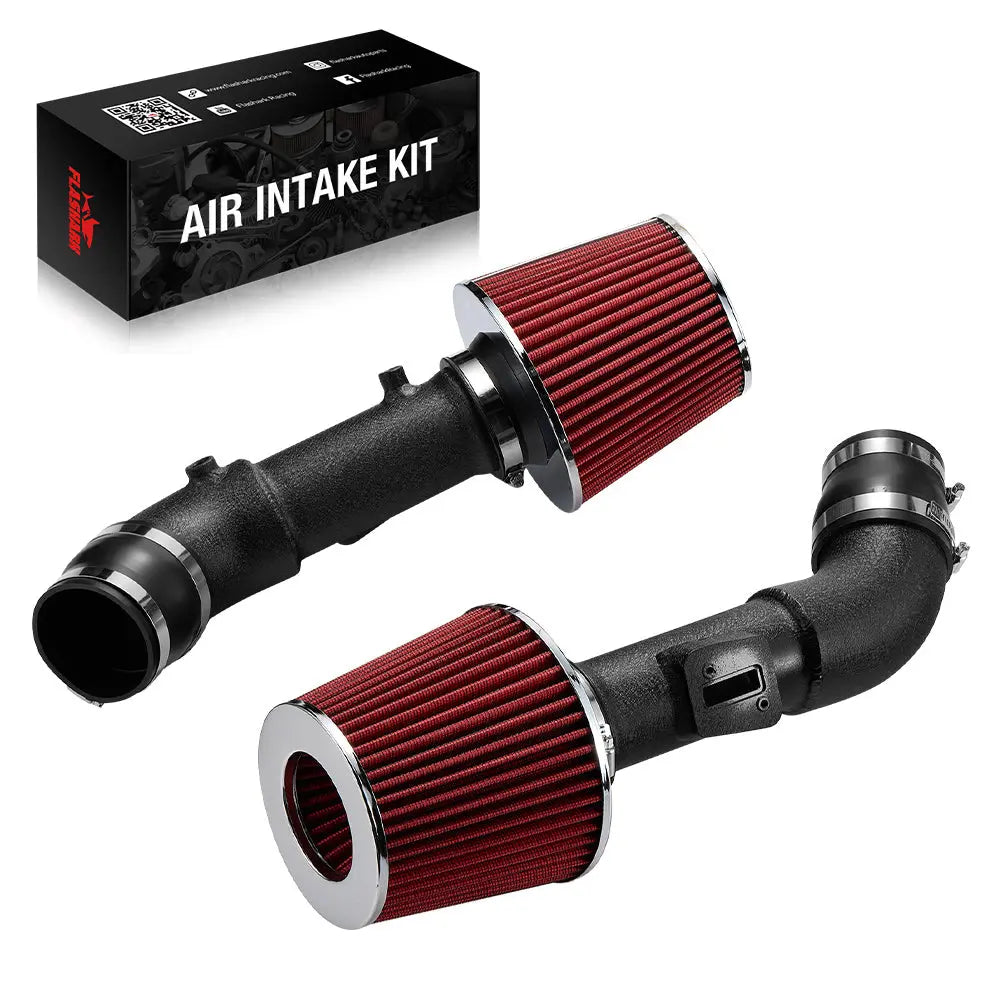
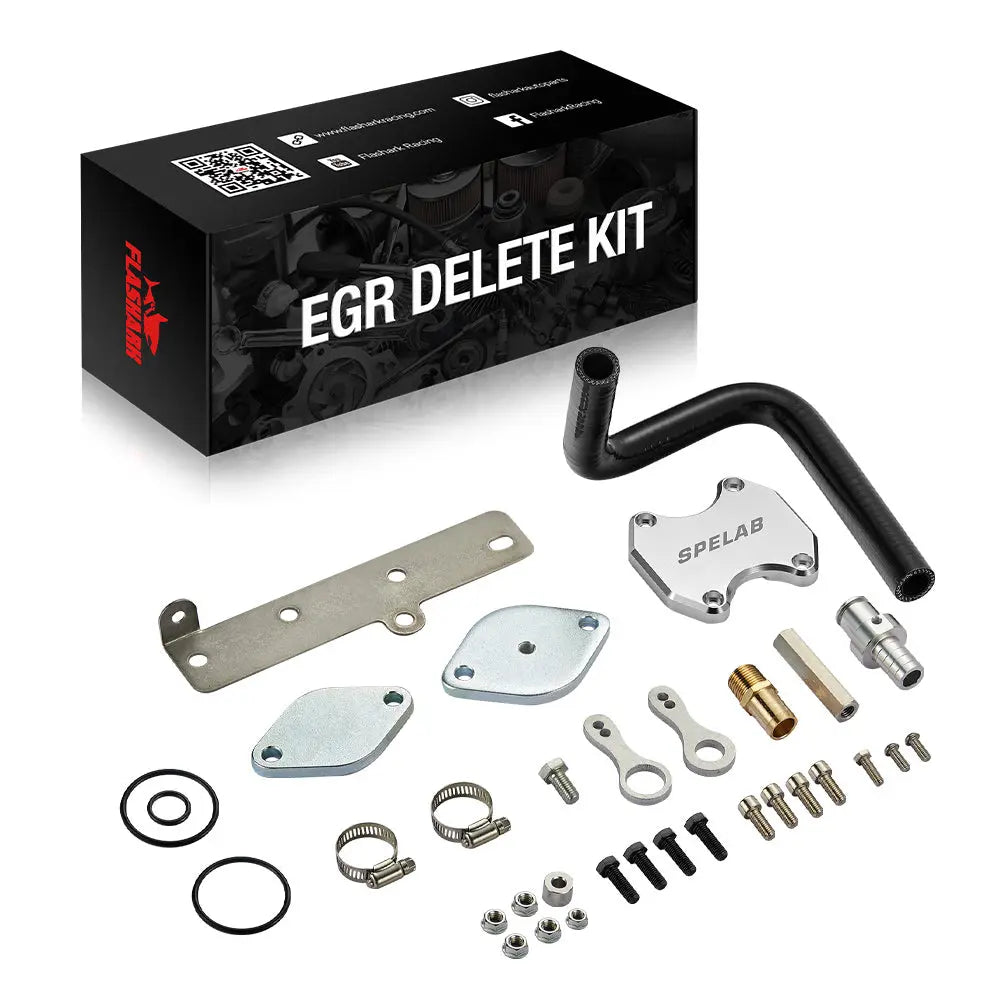
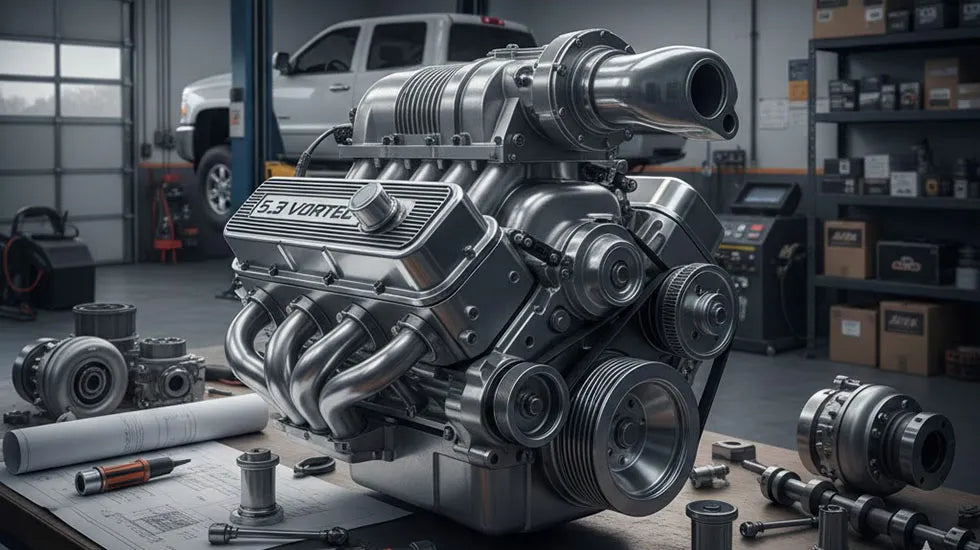

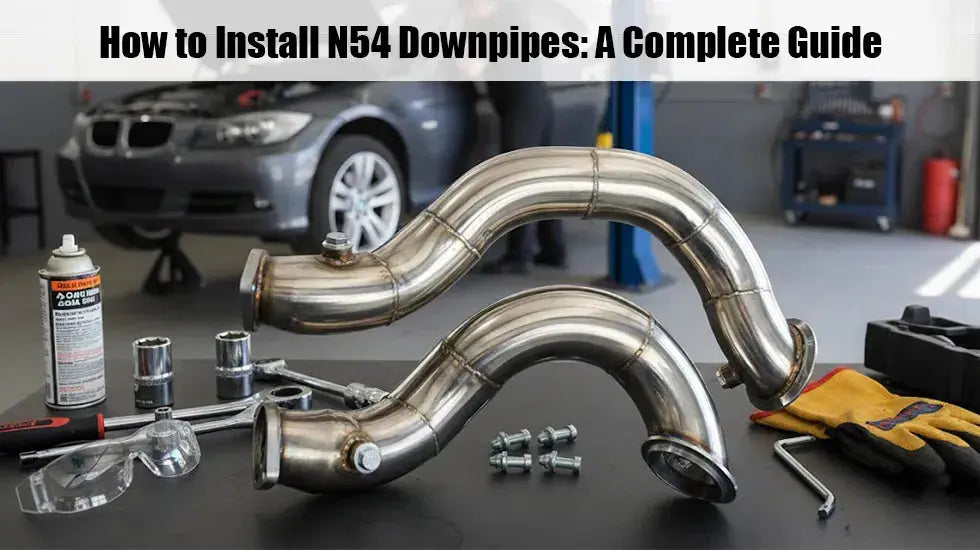


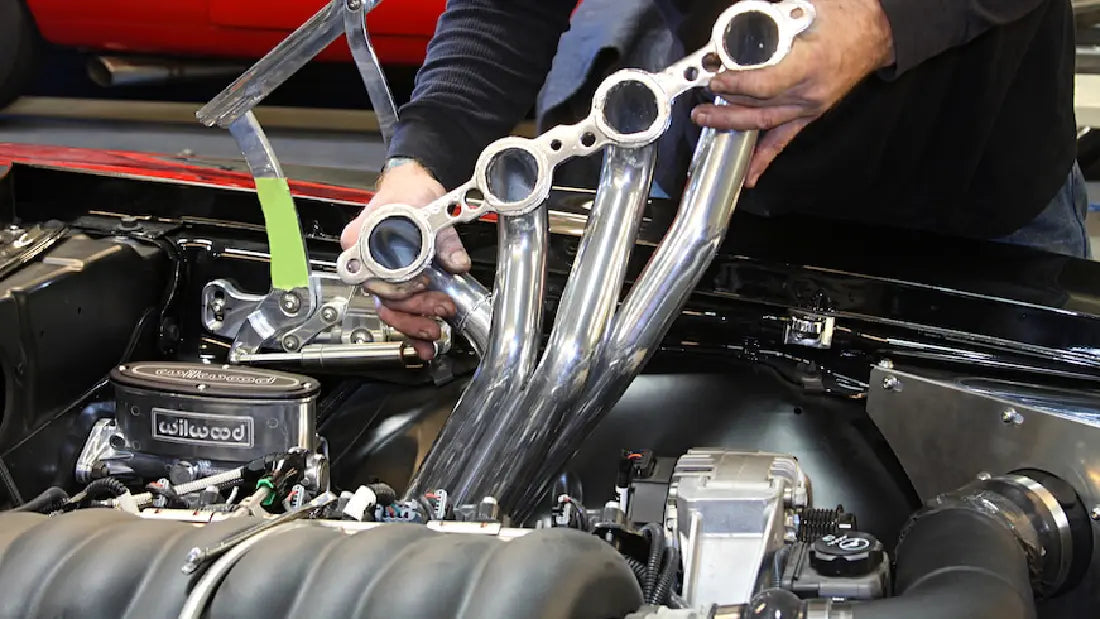
4 comments
Brent
thank you
kore
more informaion
amar
Please contact me as soon as possible
David Bunn
Please contact me as soon as possible